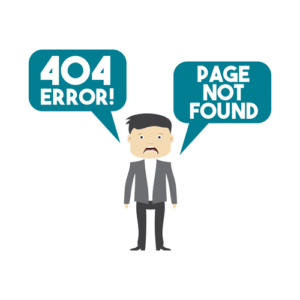Companies that track billable hours typically use an online timesheet system that makes it easy for employees to record the exact amount of time they spend working in a given week. For example, if you work 2,080 hours during the year, and 1,900 of those hours are billable, your utilization rate is 91.3%. Measuring utilization rates can help you benchmark employee performance and increase profitability. If some employees are working more non-billable hours than billable hours, you might have poor cash flow and unhappy clients.
Billable Hours: Definition, Benefits, and Key Strategies to Maximize Them
- Non-billable hours or overheads can be described as time spent on non-client-specific tasks or activities.
- Additionally, AI-powered systems can adapt to evolving healthcare regulations, ensuring compliance while reducing administrative burdens for healthcare providers.
- They’ll know the time spent on each specific task that you’ve done for them and can clearly see where their money is going.
- Billing based on time is more efficient for lawyers, and therefore, most lawyers in the industry practice this method of charging clients.
- Moreover, predictive insights will allow organizations to identify areas of inefficiency and implement data-driven strategies to improve revenue.
Hubstaff includes a robust invoicing tool that enables you to create invoices what are billables that you can send directly to clients and record payments. Hubstaff combines user-friendly time tracking with the functionality of detailed reports to provide all the tools you need to track and bill for your time. Sign up for a free Toggl Track account and learn how to automate your billable and non-billable time tracking to precision. Mastering the balance between billable and non-billable hours is about working smarter and ensuring every hour contributes to your company’s success. There are six tried and tested strategies to strike the right balance between billable and non-billable hours.
- Only some of our work hours are directly billable, and the rest of the time, we’re knuckling down to crucial non-billable work.
- Employers charge clients at sometimes varying rates for different employees.
- So, you’ll need a tracker that knows when to switch between lunch and work.
- Non-billable hours also include activities that employees do for their own benefit, for example, taking a 5-minute break to freshen up, or eating.
Prioritizing essential non-billable activities
The important distinction is that billable hours must be directly related to and necessary for a client project. A. Developing medical billing AI software typically takes 6 to 12 months, depending on the project’s scope and complexity. Factors such as the number of features, customization requirements, AI model training, and testing processes can impact the timeline. For highly sophisticated solutions with advanced AI capabilities, the development period may extend beyond a year. Let’s explore the emerging trends that are reshaping the medical billing landscape with AI. From advanced automation to predictive insights and secure data management, these innovations promise to streamline processes and enhance efficiency.
- Baking non-billable time into your billable hours is another savvy move.
- That’s why automating this process can save you time and ensure you’re billing clients for all the time you spend on their projects.
- She has been researching several strategies for how productivity and time management might assist a business in effectively managing its time flow.
- For example, a change in billable hours after the implementation of a new software program can indicate how beneficial that program is to your company’s performance.
- Tracking the billable hours for a project helps you make an invoice for the work you are doing for a client.
How to automate tracking billable and non-billable hours with Hubstaff
- With that in mind, remember to incorporate breaks into your schedule to get enough rest throughout your workdays.
- Keep in mind that the importance of non-billable activities can change with time.
- Michelle Payne has 15 years of experience as a Certified Public Accountant with a strong background in audit, tax, and consulting services.
- Tracking billable hours also helps you assess profitability across different projects.
But how productive should you be in terms of client work, especially when you’ve got to pay the bills? Your expected billing rate depends on the industry and your client’s expectations. Rebecca Noori is a freelance writer specializing in https://www.bookstime.com/ HR, productivity, and remote work topics. With a knack for turning complex ideas into practical advice, she helps businesses and professionals navigate modern workplace challenges. In addition, Toggl Track connects with popular calendar applications and shows meetings and other events on the Timeline view.
Assigning tasks based on billable hour performance can increase project speed and improve the workflow of your business. A. The cost of developing AI-powered medical billing software can range between $40,000 and $250,000 or more. This variation depends on several factors, including the complexity of features, the level of AI integration in medical billing, the development team’s expertise, and the timeline.
To make invoicing more accurate
Knowing how to balance billable and non-billable hours effectively will ensure that you can QuickBooks turn a profit while also keeping your work pipeline filled with future job opportunities. Although policies for billable hours vary from one company to another, the idea is that the client is only charged for time that the employee is performing work for them. So, for example, breaks, personal time, vacation time and meetings about unrelated matters are not billable. Some things, like attending to correspondence and talking to co-workers are harder to either include or exclude. The last thing you want as a business owner is payment conflicts with your clients.






